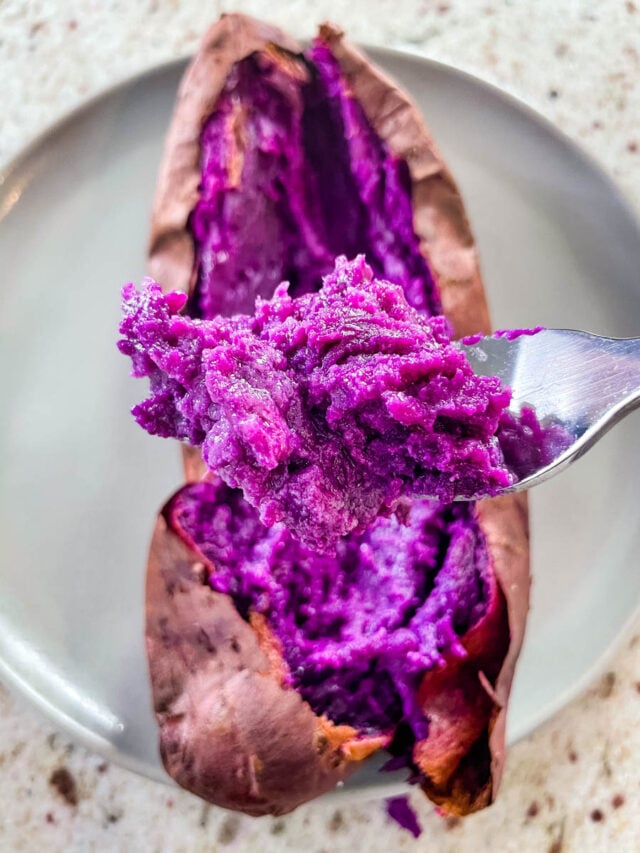
Image: Sweet potatoes are grown from slips-sprouts grown from existing potatoes! Credit: Lex20/Getty Images. Stick the roots in water for a day or so and they’ll perk up. Plant them as soon as conditions are right. If you ordered slips from a mail-order source, unpack them right away.Cover them with plastic milk jugs or use row covers, removing the covers during the day. Be sure to protect young sweet potatoes from any late frosts or cool nights (lower than 55☏/13☌), as they are very tender.


The trick is to plant them early enough for them to have time to mature fully, but not so early that they get killed by a late spring frost. Nighttime temperatures should be at least 55☏ (13☌).

Also avoid heavy nitrogen fertilizers, which produce lush leaf growth at the expense of the edible roots! When to Plant Sweet Potatoes Avoid adding animal manure, including pelleted chicken manure it can result in spindly and/or stained roots. If your soil is clay, rocky, or compacted, consider growing in raised beds.Īdd compost as well as perlite and/or coconut coir to the growing area to build fertile, loamy soil down to 8 to 10 inches. They need plenty of air space in the soil for roots to reach down. Sweet potatoes aren’t too picky, but they do prefer soil on the sandier side. Also, make sure you time your order with your planting dates in mind!Ĭhoose a sunny spot with well-drained soil. See your frost dates and length of growing season. Most varieties will take about 90 to 120 days to mature. Or, you can start your own (see how below).īefore ordering slips, make sure that you have a long enough growing season to actually grow sweet potatoes. Slips are often available at local garden centers, nurseries, from local farmers (such as farmers markets), or from mail-order companies. Instead, they’re grown from slips, which are sprouts grown from existing sweet potatoes. Note that sweet potatoes are not grown from seed. They will grow in the North (even parts of Canada!), when grown in sandy soil or raised beds that are mulched with black plastic to keep the soil warm. Although traditionally more of a Southern crop, there are many short-season varieties of sweet potato today. This tropical crop needs at least four months of warm weather and warm soil, but they are drought- and heat-tolerant and have few pests or diseases. Photo Credit: Brent Hofacker/Shutterstock Sweet potatoes are commonly served cooked in mashed form, or roasted whole.

Purple sweet potato skin#
This root vegetable has deep-orange flesh and a coppery skin jacket. Another difference between sweet potatoes and “standard” potatoes is that the edible portion of the sweet potato is a tuberous root, not a true tuber (which are technically modified plant stems). Compare a sweet potato vine’s foliage and flowers to those of a morning glory and you’ll see the family resemblance! Despite their name, they are not related to potatoes, which are in the nightshade family. The sweet potato is a tropical plant and a member of the morning glory family.
Purple sweet potato how to#
Here’s how to plant, care for, and harvest sweet potatoes-plus, discover best varieties. More commonly grown in the South because they require warm weather, northern regions can have success with select varieties. Just a few sweet potato plants can produce a generous harvest of this nutritious, sweet-tasting root vegetable.


 0 kommentar(er)
0 kommentar(er)
